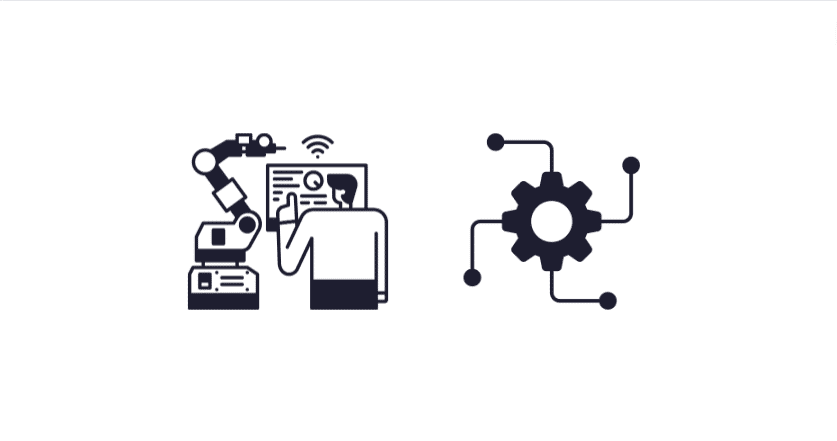While test automation is the future of software testing, manual testing still holds its place in the industry, since only 7% of organizations automate tests on the mainframe. Organizations are now realizing that to meet the business’ need for speed, innovation, and great customer experience, automating more test cases is very important.
Shift from Manual to Automated Testing
While the mainframe continues to play a central role in powering modern digital services, manual testing practices hinder the delivery of innovation and prevent organizations from meeting their business goals. Teams are now spending more time than ever testing new mainframe code, features, and functionality because of today’s complex application environments. This can force businesses to cut corners to cope with the increasing pace – resulting in significant adverse outcomes. Cutting corners would mean compromising on the quality, introducing bugs, disrupting operations, wasting development teams’ time, impacting customer experience, draining operations team resources, revenue impact, and the list goes on.
Speed and innovation have become the utmost priority for IT departments across every industry as customer demand for a constant cycle of new and improved digital services and experiences continues to grow. Automation and the shift to Agile and DevOps play a crucial role in improving the pace of innovation without compromising quality and efficiency.
Demands of Agile
Agile methodology, which was once only limited to small application projects and co-located teams of 8-10 members, is now increasingly being adapted for large-scale enterprise development. It’s vitally important to choose the right test case management tools when making a transition to agile, to enhance team collaboration, reduce costs, shorten release cycles, and provide real-time visibility into the status and quality of your software projects. Choose tools that can integrate with other business-critical tools in your development environment such as those that are used for defect logging, requirements traceability, metrics, and reporting, or manual and automated testing. This kind of flexibility and functionality is especially important in large, enterprise-wide projects that need to scale across different departments, platforms, line of business, locations, and technologies.
Different Software Test Case Management Tools for Different Agile Testing Methodologies
Acknowledge the uniqueness of your organization and choose an agile software testing methodology that best fits your culture and the skill-set of your development and testing teams. Scrum is one of the most popular software testing methodologies that takes a highly iterative approach focusing on defining key features and objectives before each iteration or sprint. Scrum methodology calls for a change within your team, requiring them to start working in iterations, appoint a product owner and a Scrum master, build cross-functional teams, daily status updates, sprint reviews and regular meetings for iteration planning.
As opposed to the time-boxed approach of Scrum, Kanban is designed around a continuous queue of work, which passes through several stages of development until it’s done. Kanban teams often use sticky notes or index cards arranged on walls to visualize workflow in a left-to-right manner. Upon completion of work in a stage, it moves into the next-stage column to its right. When someone needs a new work to do, they pull it from a left-hand column.
Which Software Testing Automation Framework Fits Your Needs?
Along with CI/CD tools, many agile teams also rely on test automation frameworks made of function libraries, test data sources, and other reusable modules that can be assembled like building blocks so teams can create automation tests according to different business needs. So, for instance, to deliver on the user expectation of a fast, rich, and easy user interface experience, a team might use a specific test automation framework to automate GUI tests. The team is likely to use a different test automation framework if it’s developing an app for an IoT device that mainly talks to other IoT devices.
Manual Testing is Here to Stay!
Continuing with manual testing might seem unnecessary given the benefits automation brings to the table. However, the importance of manually executing your tests shouldn’t be underestimated. In some cases, manual testing is more effective than automated testing, for example near the end of the testing cycle when initializing automation will take more time rather than manual execution focused on test validation which will result in more coverage within your test cycle.
Automation also contains errors that can allow misinterpretation. Whereas manually testing your core, critical-path functionality ensures that your test case passes from a user perspective, with no room for misinterpretations. Although automation leads to cost-effectiveness, faster execution, and continuous testing in the long-run, it can incur significant investment costs when initiating i.e. 5-15 times as much as the cost of your manual testing endeavors. Also, some scenarios may be un-automatable or require human-skills to be dealt with due to the technological limitations, the complexity of scenarios, or the resource cost of automating it greatly outweighs the cost of a simple manual test.


























